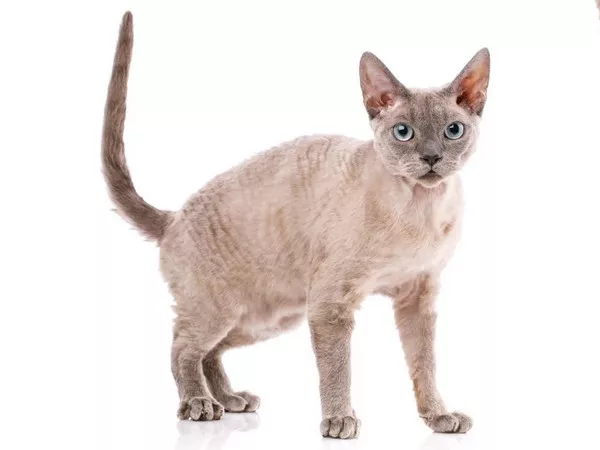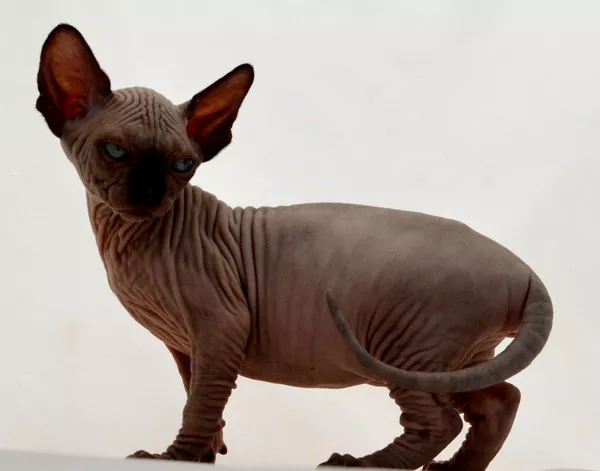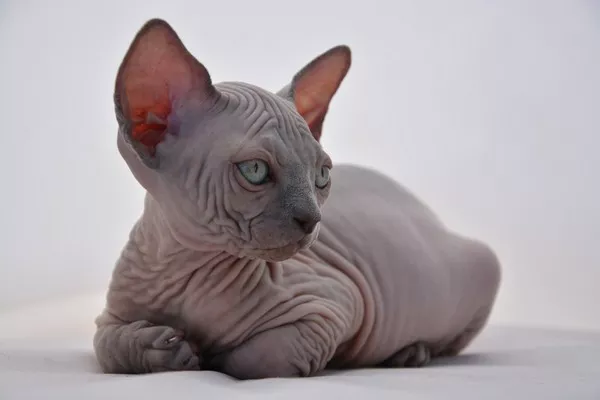Devon Rex cats are known for their unique appearance, characterized by large ears, curly coat, and enchanting eyes. These captivating felines have become increasingly popular pets in recent years. But have you ever wondered where these charming creatures come from? In this article, we delve into the origins of Devon Rex cats, tracing their journey through history and exploring the factors that contributed to their distinct characteristics. Join us on this fascinating voyage as we unravel the mysterious beginnings of the beloved Devon Rex breed.
1. Early Origins:
The story of Devon Rex cats begins in England during the 1960s. The breed’s founder, Miss Beryl Cox, discovered a stray cat named Kirlee, who had an unusual curly coat. This chance encounter marked the beginning of a remarkable journey to establish a new breed. Kirlee became the foundation cat for the Devon Rex lineage, passing on his distinctive genes to subsequent generations.
2. Genetic Mutation and Development:
The curly coat exhibited by Kirlee and subsequent Devon Rex cats is the result of a spontaneous genetic mutation. This mutation affects the hair structure, leading to a unique curly or wavy appearance. Breeders recognized the potential of this trait and embarked on a breeding program to further develop the breed while maintaining its distinctive features.
3. Crossing with Other Breeds:
To strengthen and diversify the breed’s gene pool, breeders introduced other breeds into the Devon Rex lineage. One such breed was the Cornish Rex, which shared similar coat qualities with the Devon Rex but possessed different body types. By selectively crossing these two breeds, breeders aimed to create a more robust variety of Devon Rex cats without compromising their signature traits.
4. Recognition and Standardization:
As the breed gained popularity, cat fanciers worldwide took notice of the Devon Rex’s unique charm. In 1979, the breed was officially recognized by major cat registries such as The International Cat Association (TICA) and the Cat Fanciers’ Association (CFA). These organizations established breeding standards to ensure that Devon Rex cats conform to specific characteristics regarding body structure, coat, and temperament.
5. Characteristics of Devon Rex:
Devon Rex cats possess several distinct features that set them apart from other breeds. Their most notable attribute is their curly coat, which is soft, short, and often described as “rexed.” This unique coat requires minimal grooming compared to longer-haired breeds. Additionally, Devon Rex cats have large, expressive eyes, oversized ears, and a slender yet muscular body. They are known for their playful, affectionate, and sociable nature, making them excellent companions.
6. Popularity and Global Spread:
Since their inception, Devon Rex cats have gained a considerable following worldwide. Their striking appearance and amiable temperament have endeared them to countless cat enthusiasts. Today, you can find Devon Rex breeders in various countries, and these captivating felines continue to win the hearts of many due to their engaging personalities and distinctive looks.
7. Care and Maintenance:
Caring for a Devon Rex cat requires a few specific considerations. Due to their short and curly coat, they are prone to losing body heat more quickly than other breeds. Therefore, it’s essential to provide them with warm bedding and keep them indoors during colder months. Regular bathing is also recommended to remove excess oils from their skin and maintain their coat’s curliness.
Conclusion:
The origins of Devon Rex cats can be traced back to an exceptional genetic mutation and the passion of dedicated breeders. From humble beginnings, this captivating breed has grown in popularity and captured the hearts of cat lovers around the world. The intriguing combination of a unique appearance, playful personality, and low-maintenance coat has made the Devon Rex a beloved companion pet. As we look to the future, it is exciting to see how this remarkable breed will continue to evolve and bring joy to households worldwide.











![Is the Devon Rex Hypoallergenic? [Revealed!]](https://www.catsmeowweb.com/wp-content/uploads/2023/06/Devon-Rex-cat-5.webp)















